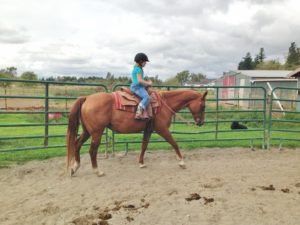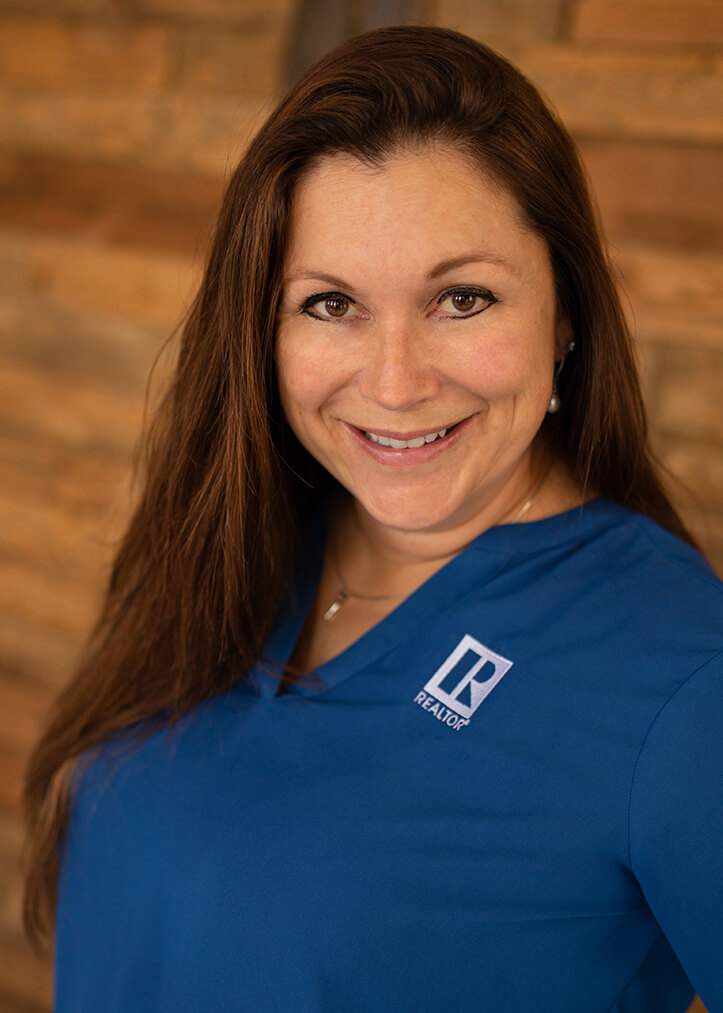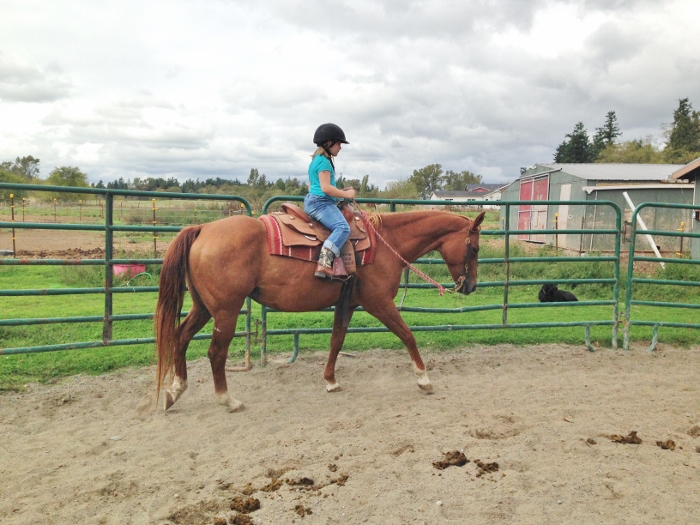5 Tips for Successfully Teaching Children
by Allison Trimble

It’s wonderful to raise my children in an equestrian lifestyle. I worked with kids for years as a professional trainer, but they were mostly teens geared towards the highest levels of competition. Now a working mother, I am teaching our 6-year-old son who competed in his first reining show this summer and have opened my program to youngsters of all ages. I am finding it a very rewarding journey.
From my youth I appreciated the powerful presence of horses in my life and as I got older looked forward to sharing that with my children. Now my program is filled with little ones as young as three who come for lessons once a week. I really enjoy helping children of all ages to become competent with horses and have also found that teaching one’s own children can be challenging. I would like to share some teaching tips to help make the process smoother and more rewarding for all.
Safety first: This seems like such an obvious statement, but with children it is critical. When working with trusted horses, it can be easy to let safety rules slide and the outcome can be tragic. Teach proper handling, safe proximity and use only horses that have proven to be tolerant of the chaos a child can cause. Always use a helmet if a child is under 16, or on a beginner of any age. I never wore one as a child and have many opinions on helmets (and safety in general), but that is for another article. That said, with all children it is a rule I strictly adhere to. The next most important rule is that what I say goes. There will be no arguing, or ignoring of direction. That ends a lesson or a session promptly. An instructor should wield this power with discretion and practice good follow through. Similar to training a horse, the most important “handle” I put on a child is a good “whoa.” If I say whoa they must immediately stop what they are doing.
Frustration: Though the journey is rich for opportunity, there is no place for frustration in horsemanship. Remember, the instructor is teaching patience by example. Horses on their own cause enough frustration but add a child into the mix and it can be a lot to calmly manage. Be calm and direct in your manner and speech; this serves as a good lesson for everyone involved.
Responsibility: For every minute in the saddle, equal time should be spent brushing, mucking stalls, feeding and caring for the animal. While on pack trips, my father taught me that no matter how tired or hungry we were, we always took care of the horses first. This important lesson will not only make children better animal stewards, but better partners in all things. They must also always try to do something, even if it is too heavy, or too hard. Don’t automatically accomplish tasks for them; insist on a measure of try before assisting. Even if the saddle is too heavy, a very small child can drag a saddle pad. Children need to learn that the “fun stuff” comes with plenty of hard work. One day they will be thankful for this lesson.
Struggle is important: Mistakes are critical for learning and growth. The biggest mistake I see parents make is micromanaging. I instruct parents the first day that there will be times when they will think I am not teaching their child. When the child isn’t getting it right, it can seem like more instruction is the answer. I generally give some direction, then observe the child attempt the task. If they are able to get the horse to respond properly, this will give them confidence. If they cannot, this will give them an experience-based comparison when I help out. Allowing the child to safely make mistakes teaches them patience, critical thinking, and perseverance, all traits that are paramount in both horsemanship and life.
Successful Rides: With both horses and riders, successful rides are key to building confident individuals. Keep riding times age appropriate to attention span and focus. In each ride there needs to be a balance between accomplishment and pushing a comfort zone. I see many parents push their child too hard, or allow them to badger a good natured horse for too long. Most of my youth lessons are 30-45 minutes. If I see frustration or distraction start to set in I look for an opportunity to end on a good note, even if I have to go back to something I know the pair can accomplish. “Short, safe, and successful” leaves horse and rider bright, confident, and excited to saddle up next time.
Published in November 2015 Issue

Allison Trimble is a Realtor® specializing in equestrian properties, farm and ranch properties, and residential real estate. She’s a former horse trainer, and a current owner, breeder, and non-pro competitor in cow horse and reining events. For many years, Allison wrote a monthly column for The Northwest Horse Source.
Learn more at www.allisonblakerealestate.com






